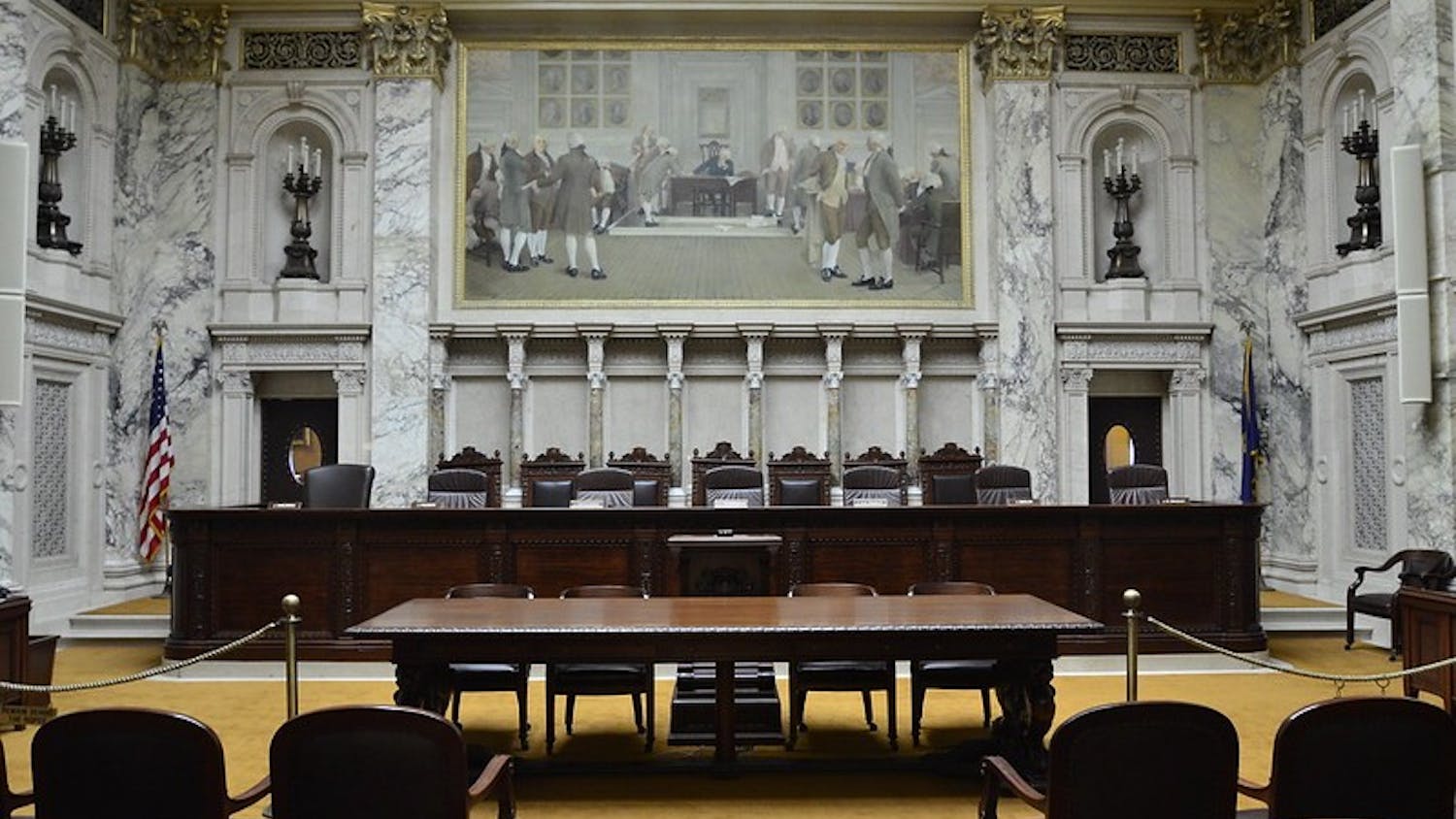Meet the military-owned and combat-proven High Mobility Multipurpose Wheeled Vehicle, nicknamed \Humvee,"" the star of modern ground troop operations. A relatively recent addition to the military family, this is the vehicle that moves U.S. forces across Iraqi deserts.
When the Humvee graduated basic training in the early 1980s, early models underwent rigorous performance testing to ensure combat capabilities, quickly rendering the military's existing tactical vehicle fleet obsolete. It not only has superior off-road capabilities-it fords standing water, plows through sand and mud, scales boulders and climbs steep inclines-but also has multiple configurations.
Although we currently see the Humvee in daily news coverage, its original public meet-and-greet took place during Operation Desert Storm, the first highly televised military operation observed by the average citizen. As the public watched the Humvee fleet in action, many people were fascinated with its extreme capabilities. This vehicle was a powerful symbol of the U.S. Army itself-mechanized, unstoppable and technologically elite-leaving behind a wake of tread marks and military destruction. American citizens soon wanted to control that wheel, to be that hero, to experience that adrenaline rush afforded by raw 4 by 4 power.
Arnold Schwarzenegger bought the first civilian Hummer in the early 1990s, a modified version of the battle-tested Humvee. While the Hummer has similar off-road capabilities, its interior offers more comfort than the spartan military version and also meets federal safety standards. Until recently, the Hummer's hefty price tag (more than $100,000), limited its consumer market to only high-class civilians or business owners, functioning as status symbol, off-road recreation vehicle or heavy-duty work truck.
Enter H2, the Hummer's snotty little brother.
The New Yorker's back cover ad features a large picture of the new Hummer H2, a vehicle ""perfect for rugby moms."" It implies that ordinary mothers need SUVs for protection and luxury, but rugby moms need modified military vehicles for their rugged, hardcore lifestyles. Such women want protection and luxury-if a sharp turn causes the top-heavy H2 to roll over, it will shield her children in its fortress-like frame, while the genuine wet suit neoprene seat covers keep the interior coffee stain free. But the off-road capabilities make this SUV more than ordinary. A rugby mom needs the Hummer H2 because when it's 20 minutes to kick-off and traffic stands still, she can scale vertical medians, ford roadside drainage ditches, climb grassy inclines to the detour bridge above them and get her kids to the game on time.
At about half the price of the original civilian Hummer (now called H1), the H2 is affordable even for the middle-class American. Although it features fewer capabilities than the H1-the H2 can only ford 20"" of water and climb 16"" walls compared to 30"" and 22"" respectively-the H2 sports more luxury. But more importantly for our materialistically competitive society, the vehicle boasts originality: http://www.hummer.com claims that ""in a world where SUVs have begun to look like their owners, complete with love handles and mushy seats, the H2 proves that there is still one out there that can drop and give you 20."" Because it descends from the military Humvee, consumers can associate the H2 with the United State's mechanized, unstoppable, technologically elite army. Because the H2 is affordable, mainstream Americans can control that wheel, be that hero, experience that adrenaline rush afforded by raw 4 by 4 power.
The H2-buying Americans who are influenced by the ""use it because it's here, buy it because it's cheap"" society do not consider what the HMMWV-Hummer-H2 transition represents. The current trend toward larger, fuel-inefficient vehicles is seizing America at a time when we should be most repulsed by personal consumer habits that increase our dependence on foreign oil. And if we want to support our troops-not just fantasize about control, heroism and power-we need to do more than wave a flag or carry a sign. We must choose our modes of transportation wisely and reverse current motor trends because thoughtlessly guzzling gas will not bring our troops home.





